Siberian Black Mouth Cur vs. Transylvizsla Hound: Breed Differences and Similarities
Hypoallergenic
Are Siberian Black Mouth Curs or Transylvizsla Hounds hypoallergenic, or neither?
Unfortunately, neither Siberian Black Mouth Cur nor Transylvizsla Hound are hypoallergenic, which may not make them the best choice for dog lovers who suffer from pet allergies.
Temperament
What are the personalities of Siberian Black Mouth Cur and Transylvizsla Hound dogs?
Active
Protective
Alert
Intelligent
Friendly
Outgoing
Loyal
Gentle
Kind
Trainable
Fearless
Playful
Independent
Energetic
Protective
Courageous
Intelligent
Friendly
Affectionate
Loyal
Territorial
Lively
Gentle
Trainable
Companionable
Cheerful
Quiet
Determined
Easygoing
Willing
Good natured
Enduring
Evenly Tempered
Shedding Level
Do Siberian Black Mouth Curs shed more than Transylvizsla Hounds, or which breed sheds more, Siberian Black Mouth Curs or Transylvizsla Hounds?
Siberian Black Mouth Cur or Transylvizsla Hound dogs are not heavy shedders, but they will lose a significant amount of hair each year. To decrease the amount of shedding, you can regularly brush your Siberian Black Mouth Cur or Transylvizsla Hound. This will remove loose hair and keep their coat growing in the same direction.
Ancestry
What are the origins of Siberian Black Mouth Cur and Transylvizsla Hound breeds?
Siberian Husky and Black Mouth Cur
Vizsla and Transylvanian Hound
Date of Birth
When were Siberian Black Mouth Cur and Transylvizsla Hound breeds first developed?
Unknown
Eye Color Possibilites
What are the eye colors of Siberian Black Mouth Cur and Transylvizsla Hound dogs?
Blue
Brown
Brown
Nose Color Possibilites
What are the natural nose colors of Siberian Black Mouth Cur and Transylvizsla Hound?
Black
Black
Brown
Coat Color Possibilites
What are the natural colors of the coat for Siberian Black Mouth Cur and Transylvizsla Hound breeds?
Cream
Gray
Brown
Black
Brindle
Sable
Pied
Silver
Blue
Fawn
Red
Brown
Black
Coat Length
What is the typical coat length for Siberian Black Mouth Cur and Transylvizsla Hound breeds?
The coat of Siberian Black Mouth Cur and Transylvizsla Hound dogs ranges in length from short to medium.
Coat Density
What is the density of the coat of Siberian Black Mouth Cur and Transylvizsla Hound?
Coat Texture
What is the hair texture of Siberian Black Mouth Cur and Transylvizsla Hound?
Straight
Litter Size
What is the usual litter size for Siberian Black Mouth Cur and Transylvizsla Hound?
A Siberian Black Mouth Cur can have a litter of 5-10 puppies on average. However, it's worth noting that the size of the litters can vary greatly. Factors that can influence litter size include the health of the mother, breeding history, and genetics.
A Transylvizsla Hound can have a litter of 6-8 puppies on average. However, it's worth noting that the size of the litters can vary greatly. Factors that can influence litter size include the health of the mother, breeding history, and genetics.
Adaptability
Siberian Black Mouth Curs are known for their adaptability and can adjust well to different environments and lifestyle changes.
Transylvizsla Hounds are highly adaptable and versatile, making them excellent companions for families and individuals of all lifestyles.
Health Issues
Between Siberian Black Mouth Cur and Transylvizsla Hound, which breed is more prone to health problems?
While the Siberian Black Mouth Cur breed is generally healthy, occasional vet check-ups are still necessary to address any health concerns.
Transylvizsla Hounds typically have low vet costs due to their good health, but it's important to monitor their health and seek vet care when necessary.
Major Concerns
What are the major health concerns for Siberian Black Mouth Cur and Transylvizsla Hound breeds?
Hip Dysplasia
Corneal Dystrophy
Progressive Retinal Atrophy (PRA)
Hip And Elbow Dysplasia
Lymphoma
Tricuspid Valve Dysplasia
Minor Concerns
What minor health issues should be kept in mind when owning Siberian Black Mouth Cur and Transylvizsla Hound?
Von Willebrand's Disease
Hypothyroidism
Entropion
Allergies
Progressive Retinal Atrophy (PRA)
Occasional Tests
What occasional tests are recommended for Siberian Black Mouth Cur and Transylvizsla Hound breeds?
Hip X-Rays
Dna For Vwd
Eye Examination
Full Body Physical Examination especially of the joints
Thyroid Panel
Eye Examination
Skin Evaluation
Blood And Urine Analysis
Diagnostic Imaging
Cardiac Test
Social Needs
Siberian Black Mouth Cur vs Transylvizsla Hound social needs comparison
Siberian Black Mouth Cur and Transylvizsla Hound have above average social needs compared to other breeds. They thrive in environments where they have a lot of interaction with humans and other dogs.
Sleeping Need
Which of the two sleeps the most/least: Siberian Black Mouth Cur or Transylvizsla Hound?
Siberian Black Mouth Cur and Transylvizsla Hound dogs tend to sleep less than some other breeds, but it's still important for them to get adequate sleep in order to maintain good health.
Mouthiness
Mouthiness Comparison: Siberian Black Mouth Cur vs Transylvizsla Hound?
Roaming urge
Siberian Black Mouth Cur vs Labrador: Running away tendency?
Prey Drive
Siberian Black Mouth Cur or Transylvizsla Hound - which breed has a higher level of prey drive?
Activity Level
Which breed has higher energy, Siberian Black Mouth Curs or Transylvizsla Hounds?
Siberian Black Mouth Curs are medium-energy dogs and typically enjoy socializing and playing casual or even sustained games of chase with other dogs. They may also have occasional periods of barking or racing around the house.
Transylvizsla Hounds are high-energy dogs. They need mental as well as physical exercise. These dogs require a lot of your involvement and without it they can, and will, become problematic dogs.
Tolerance of being left alone
Walks per Week
How many miles should Siberian Black Mouth Cur or Transylvizsla Hound walk each week?
There's really no limit to how far you walk your dog as long as they're comfortable. For Siberian Black Mouth Cur, it's at least 10 miles / week. Just remember to build distance and stamina gradually over time.
There's really no limit to how far you walk your dog as long as they're comfortable. For Transylvizsla Hound, it's at least 15 miles / week. Just remember to build distance and stamina gradually over time.
Activity per Day
Do Siberian Black Mouth Curs or Transylvizsla Hounds require more exercise?
Both Siberian Black Mouth Cur and Transylvizsla Hound typically require a minimum of 60 minutes of exercise each day. The exercise can be spread throughout the day and may involve high-energy activities like walking, running, and playing.
Grooming
Which breed is easier to maintain in terms of grooming, Siberian Black Mouth Curs or Transylvizsla Hounds?
The Siberian Black Mouth Cur requires an average amount of grooming compared to other breeds.
The Transylvizsla Hound has low grooming needs and is easy to maintain.
Brushing Frequency
What is the recommended brushing frequency for Siberian Black Mouth Cur and Transylvizsla Hound dogs?
Siberian Black Mouth Cur and Transylvizsla Hound should be brushed at least once a week. Of course, you can give them more frequent brushes if you find that they are still shedding a lot.
Brushing Tools
What brushing tools are used for Siberian Black Mouth Curs and Transylvizsla Hounds?
Pin Brush
Nail Clipper
Slicker Brush
Nail Clipper
Cups
How much food should be given to Siberian Black Mouth Cur or Transylvizsla Hound in cups?
For an average 55-75 pound (25 - 34 kg) Siberian Black Mouth Cur feed 3 cups daily. But, keep in mind, the amount you feed is going to be dependent on the quality of the food you are feeding.
For an average 65-75 pound (29 - 34 kg) Transylvizsla Hound feed 2.5 cups daily. But, keep in mind, the amount you feed is going to be dependent on the quality of the food you are feeding.
Daily Cost
Which breed has a higher daily cost, Siberian Black Mouth Cur or Transylvizsla Hound?
The average cost of a Siberian Black Mouth Cur is somewhere $2.10 - $2.70 per day.
The average cost of a Transylvizsla Hound is somewhere $2.20 - $3.40 per day.
Monthly Cost
Which breed has a higher monthly cost, Siberian Black Mouth Cur or Transylvizsla Hound?
The average per month expenses of a Siberian Black Mouth Cur is between $55 - $73. This makes an average of $660 - $876 per year. It will be on the higher side when the dog is still small because it will need more frequent visits to the vet, shots.
The average per month expenses of a Transylvizsla Hound is between $67 - $101. This makes an average of $804 - $1212 per year. It will be on the higher side when the dog is still small because it will need more frequent visits to the vet, shots.
Sensitivity Level
How do Siberian Black Mouth Cur and Transylvizsla Hound compare in sensitivity?
This breed is sensitive and requires gentle handling and a calm home environment.
This breed is sensitive to its environment and best suited for patient and understanding families with a consistent routine.
Apartment Friendly
Which breed is more apartment-friendly: Siberian Black Mouth Cur or Transylvizsla Hound?
Siberian Black Mouth Curs can do well in apartments with enough exercise and time outside, but a small yard would be ideal.
Transylvizsla Hounds are good apartment dogs as long as they get enough exercise and stimulation outside of the apartment.
Child Friendly
Do Siberian Black Mouth Curs or Transylvizsla Hounds have a friendlier temperament towards children?
Siberian Black Mouth Cur and Transylvizsla Hound are kid-friendly dogs. They are good with children and excellent dogs with children if they are socialized and trained at a young age.
Senior-friendly
Which dog is more suitable as a pet for the elderly - Siberian Black Mouth Cur or Transylvizsla Hound?
Cat Friendly
Do Siberian Black Mouth Cur or Transylvizsla Hound breeds have a better compatibility with cats?
Siberian Black Mouth Curs are somewhat cat friendly and can be trained to get along with cats.
Transylvizsla Hounds are average in their friendliness toward cats and tend to do well with them, especially if raised together.
Dog Friendly
Which breed is more sociable with other dogs: Siberian Black Mouth Cur or Transylvizsla Hound?
Siberian Black Mouth Curs and Transylvizsla Hounds are friendly, active and loyal companions. They generally love to be around other dogs, making them a good family pet for some.
Pet friendly
How do Siberian Black Mouth Cur or Transylvizsla Hound dogs interact with other pets?
Stranger Friendly
Which breed is more friendly with strangers: Siberian Black Mouth Cur or Transylvizsla Hound?
Siberian Black Mouth Curs are averagely friendly around strangers but benefit from early socialisation.
Transylvizsla Hounds are friendly but may bark at strangers, and training is easy due to their intelligence.
Playfulness
Which breed is more playful between Siberian Black Mouth Cur and Transylvizsla Hound?
Siberian Black Mouth Cur and Transylvizsla Hound are known to be highly playful dogs. So if you're not up for all that, think about adopting slightly older Siberian Black Mouth Cur and Transylvizsla Hound for a mellower experience.
Trainability
How do the trainability levels of Siberian Black Mouth Curs and Transylvizsla Hounds compare?
Siberian Black Mouth Curs are usually easy to train but require consistency to fully obey commands.
Transylvizsla Hounds are popular for their ease of training and quick learning ability.
Compare Siberian Black Mouth Cur with other breeds

Scottese
Siberian Black Mouth Cur vs Scottese
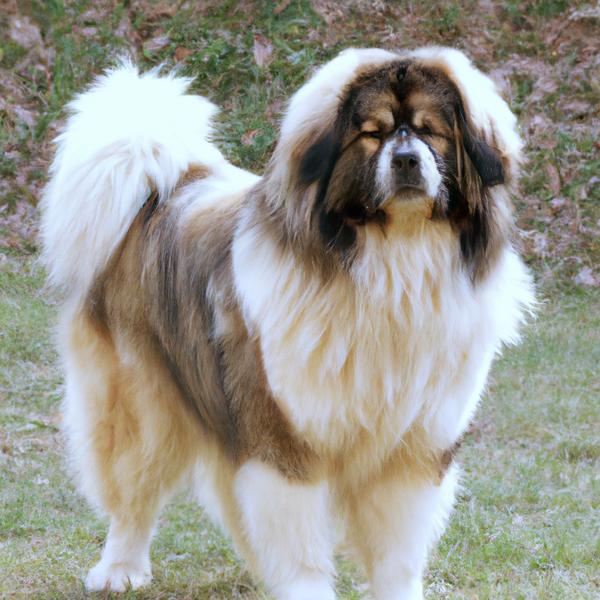
Tibetan Spaltese
Siberian Black Mouth Cur vs Tibetan Spaltese
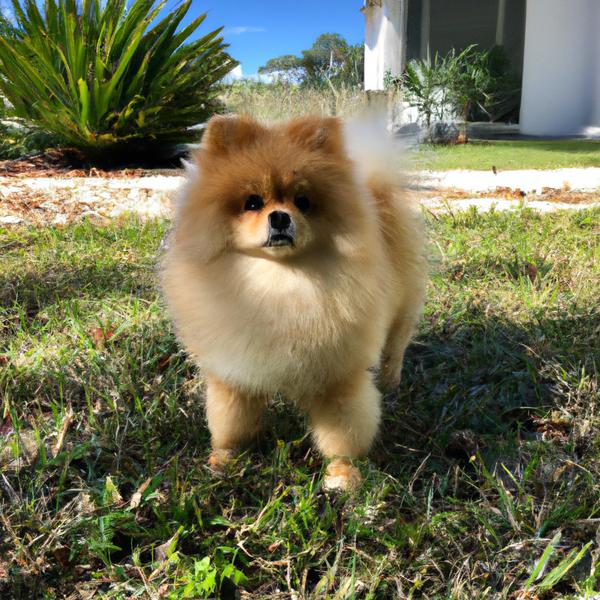
La Pom
Siberian Black Mouth Cur vs La Pom

Kashon
Siberian Black Mouth Cur vs Kashon

Griffonland
Siberian Black Mouth Cur vs Griffonland

Border Collie Pyrenees
Siberian Black Mouth Cur vs Border Collie Pyrenees
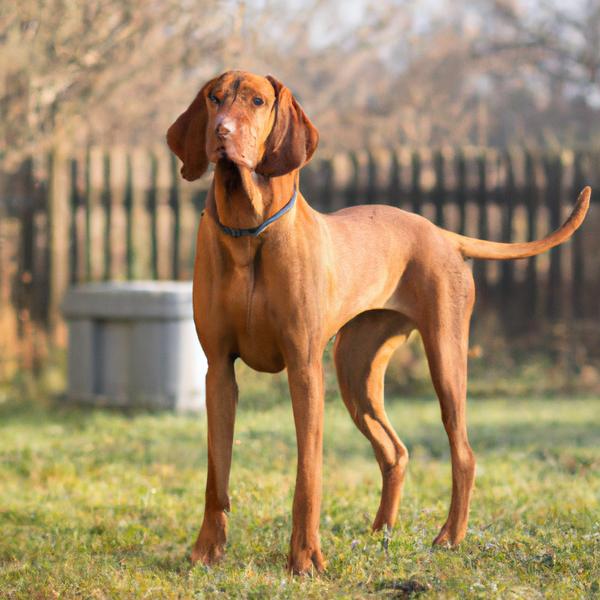
Transylvizsla Hound
Siberian Black Mouth Cur vs Transylvizsla Hound
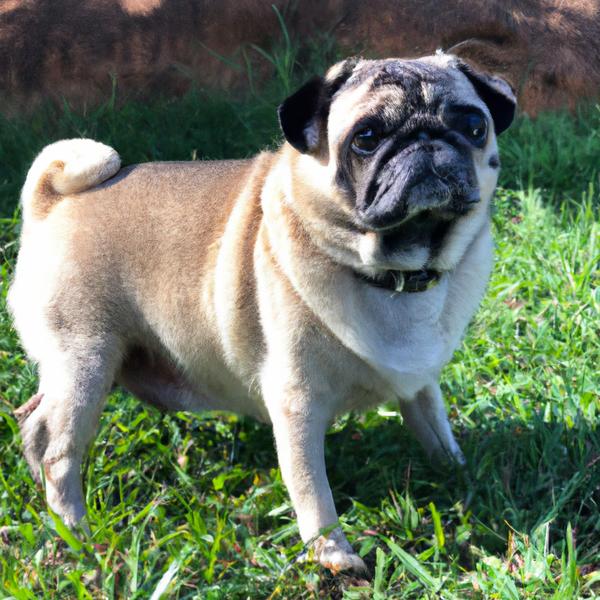
Puggat
Siberian Black Mouth Cur vs Puggat
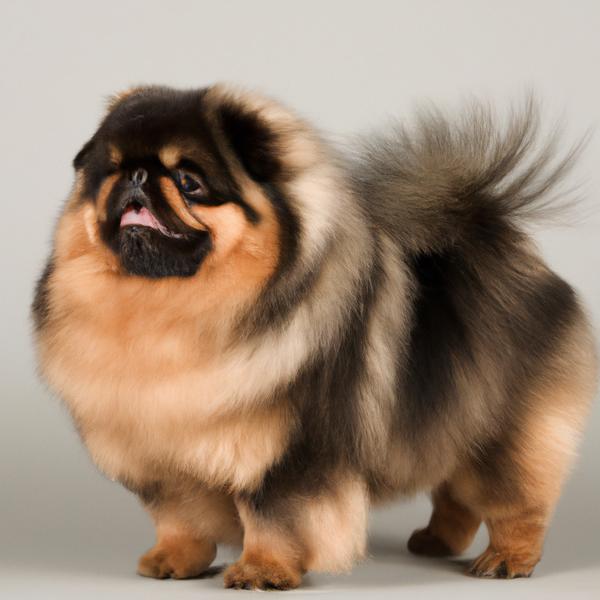
Pom-A-Pug
Siberian Black Mouth Cur vs Pom-A-Pug

Ewokian
Siberian Black Mouth Cur vs Ewokian

Chinese Frise
Siberian Black Mouth Cur vs Chinese Frise
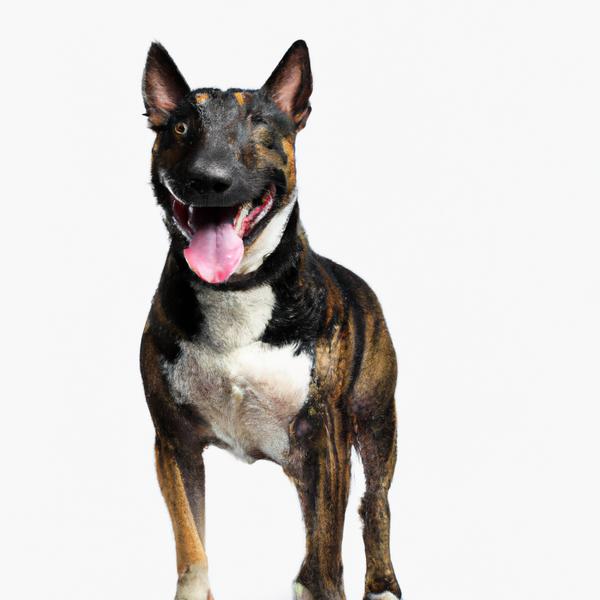
Bull Chow Terrier
Siberian Black Mouth Cur vs Bull Chow Terrier
